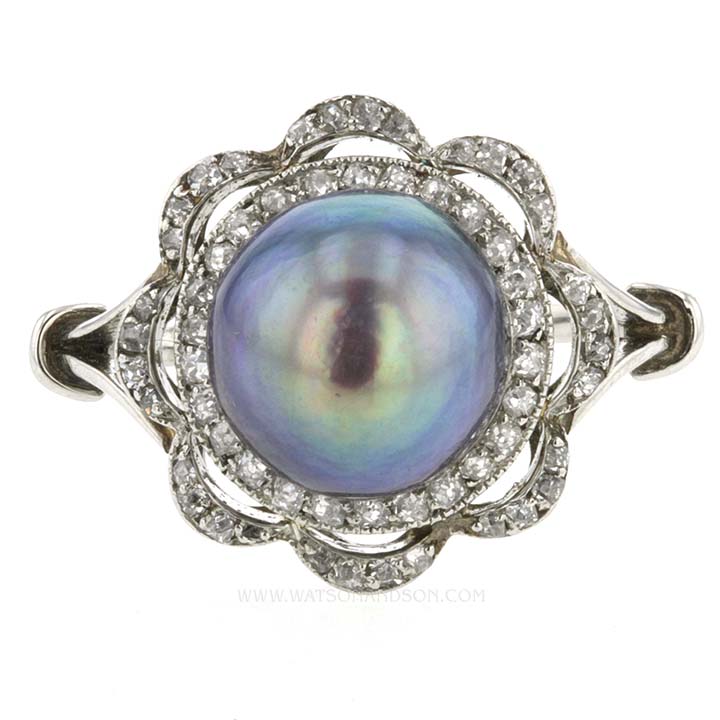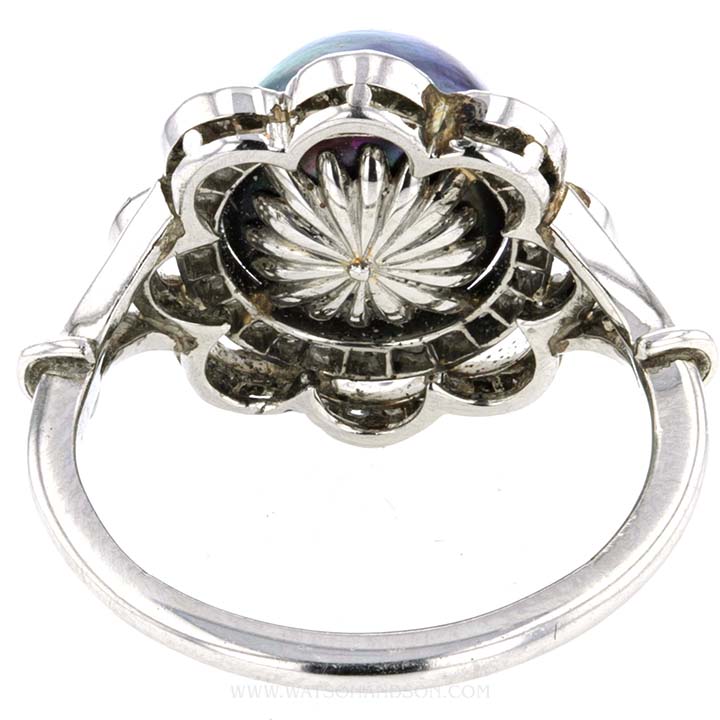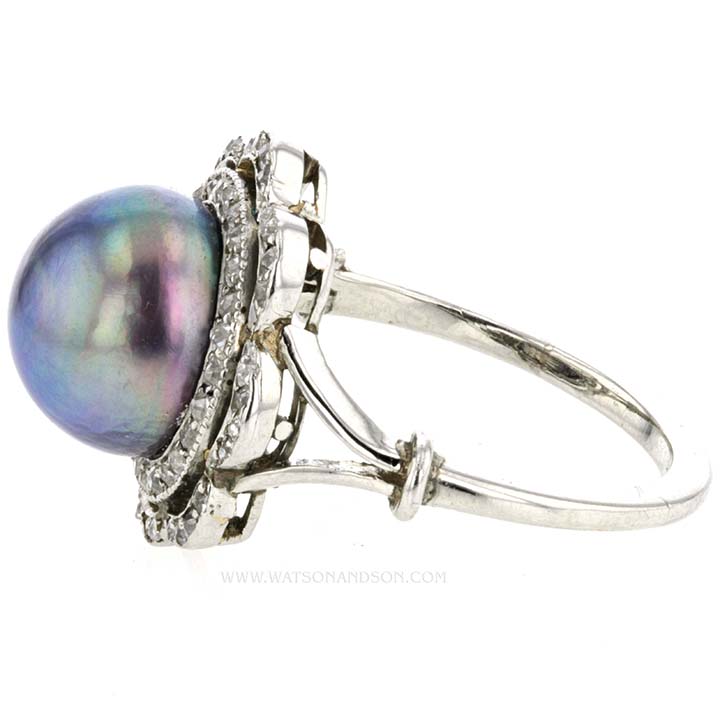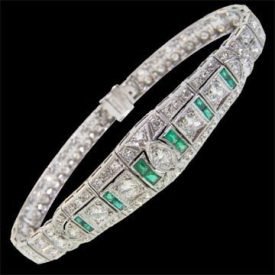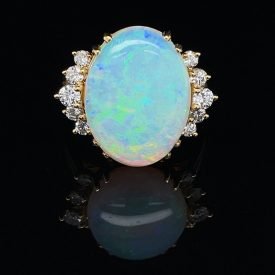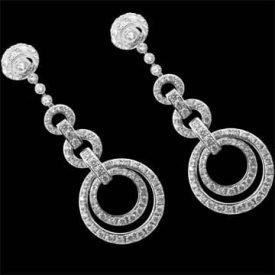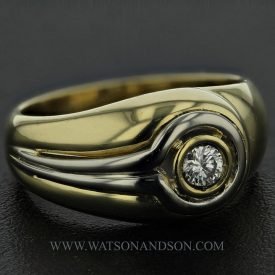Natural Black pearl platinum and diamond Edwardian style flower ring; featuring a “natural” iridescent peacock black pearl surrounded by a halo of bead set old mine cut diamonds and a further swaged row old mine and rose cut diamonds in a petal motif supported on a chenier under gallery. The split shoulders transition down to a rounded shank at the base.
Manufacture: Hand made
Natural Black pearl platinum and diamond Edwardian style flower ring; featuring a “natural” iridescent peacock black pearl surrounded by a halo of bead set old mine cut diamonds and a further swaged row old mine and rose cut diamonds in a petal motif supported on a chenier under gallery. The split shoulders transition down to a rounded shank at the base.
Creation: Hand made
Black natural pearl:
Certified: Gemological Certification Services (London) 78174-14 Aug,15,18
Gemological Institute Of America (GIA) USA report: 1232600913 June, 12 , 2025 (click for copy of certificate)
Measurements:9.87 x 9.55 mm
Environment Saltwater
Mollusk: Pteria species
Weight: 5.18 ct
Luster: Very Good
Bodycolor Dark Gray, Natural
Comments: no indications of treatments
52 old mine and rose cut diamonds:
Estimated total weight: 0.55 ct apx.
Color: G/H
Clarity: Vs1 – Si1
Gross weight: 3.80 dwt.
A deeper dive:
Natural black pearls are among the rarest and most sought-after gemstones in the universe, captivating collectors and jewelry enthusiasts alike with their unique beauty and mystique. Unlike the more common white or cream-colored pearls, black pearls are primarily produced by the black-lipped oyster (Pinctada margaritifera), which is found mainly in the warm waters of French Polynesia, particularly around Tahiti, as well as in other regions across the South Pacific. One of the reasons for the rarity of natural black pearls is the specific environmental conditions required for their formation. The black-lipped oyster must be exposed to certain factors, such as water temperature, depth, and the presence of specific types of algae and microorganisms, to produce pearls. The process of pearl formation itself is a natural defense mechanism in which the oyster secretes layers of nacre to coat an irritant, eventually forming a pearl. This process is time-consuming and can take several years, making naturally occurring black pearls a rare find. The color of black pearls can range from deep black to shades of green, blue, or even purple, depending on the specific conditions and the oyster’s diet. This color variability, combined with their luster and unique overtones, adds to their allure and value. Natural black pearls are highly prized not only for their beauty but also for their rarity; it is estimated that less than 1% of all pearls harvested are natural, with the vast majority being cultured. Cultured black pearls are more commonly available, as they are produced through human intervention. However, even cultured black pearls can be relatively rare, especially those that exhibit exceptional quality and unique coloration. In conclusion, the rarity of natural black pearls is a product of the specific conditions required for their formation, the environmental factors influencing their growth, and the lengthy process involved in their creation. Their unique coloration and luster, combined with their limited availability, make them one of the most coveted treasures of the ocean, symbolizing both beauty and the mysteries of nature.

